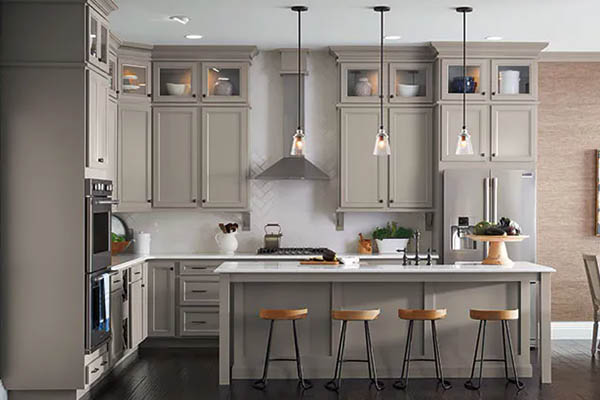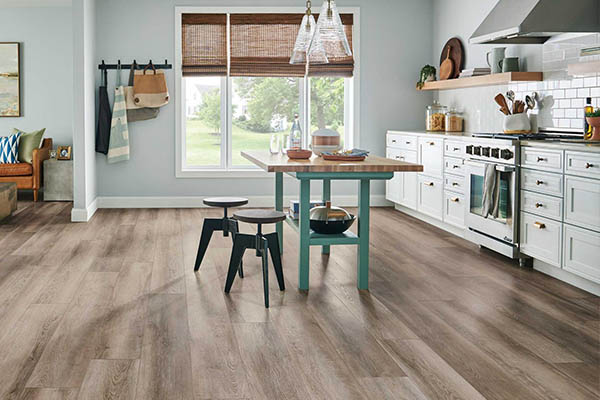A Comprehensive Guide On How To Soundproof Floors
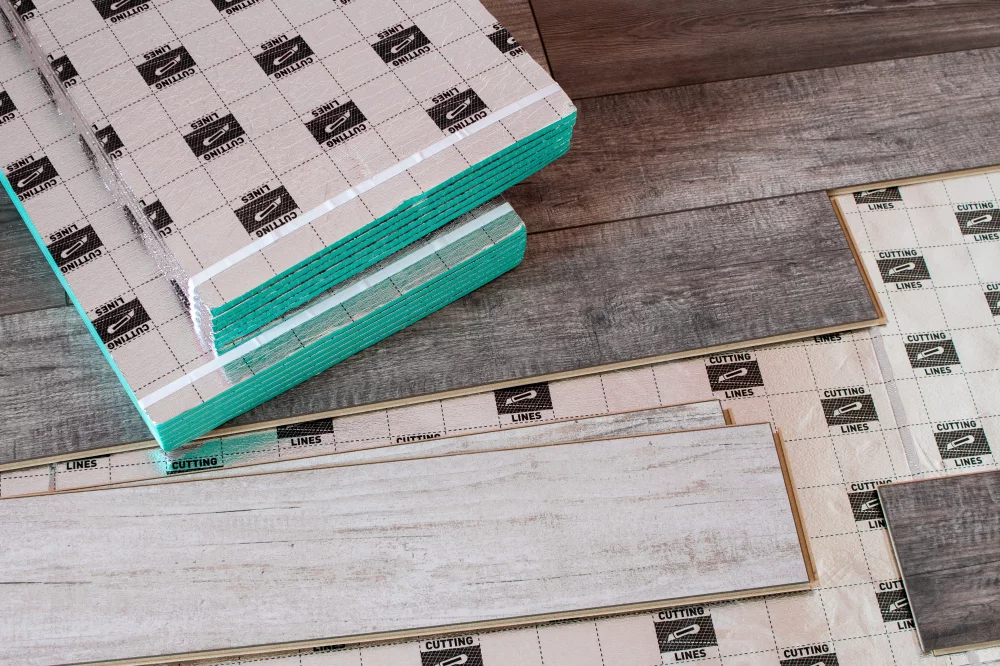
Whether you live in a double-story house, a condo, or an apartment, struggling with the noise of your neighbors walking, working, and thriving is something we all deal with. Not being able to focus on work, facing frustration when trying to enjoy a peaceful candlelight dinner with your spouse, or ending up with disturbed naps — we all feel the same annoyance in one way or another.
So why not play our part in saving our neighbors from the noise created in our home while also absorbing and reducing the noise levels within our interior by soundproofing our floors with appropriate material? This solution will not only block the sound of impact noises (generated by footsteps or moving furniture) but will also absorb airborne cacophonies to help reduce disturbance to the maximum. Read on to learn further details, including the types of sounds, methods of insulation, various insulation material options, and much more!
Understanding Sound Insulation
Let’s start by familiarizing you with the basics of sound insulation.
What Is Sound Insulation?
The capability of a building structure to reduce the sound that transmits through it is called sound insulation. It has particularly been designed in a way that soaks sound waves and reduces noise.
How Does Sound Insulation Work?
Sound is transmitted through the air. When sound waves hit any surface, they are both absorbed and reflected. Smooth and hard surfaces will absorb more sound and reflect back lesser waves, which creates a calm and quiet environment.
What Is The Importance of Sound Insulation In Flooring?
Sound insulation protects you from any unnecessary noise penetrating your house. With poor sound insulation, you will be invaded by traffic noise, the kids jumping on the floor above, and so on.
Reduced noise levels will also positively affect overall health, betterment of life, and stabilization of nerves.
Types of Sounds In Buildings
There are four noise types that should be addressed when soundproofing your interior.
Airborne Sound
Airborne sounds are transmitted through the air. Typical examples include voices, TV, music, barking dogs, etc. Soundproofing will keep this noise within your room and prevent sounds from transmitting into your apartment.
Impact Sound
Noise created by the impact of things against the floor is called impact noise. Furniture being dragged, footsteps of people moving around, the vibration of appliances, etc., are all examples. Like airborne sound, impact noise spreads out of the room where it is occurring as it moves freely via vibrations.
Flanking Sound
Flanking sound is the noise reaching from an indirect pathway. For instance, noise traveling from a TV on the upper floor through a different route than your ceiling or noise entering a room from the next room through an alternate route to the wall.

Floor Sound Insulation Methods
Absorption
Absorbing sound from within the room by applying materials to floors or ceilings can be done by the process of absorption. Applying either porous, resonance, or membrane absorbents on the floors will do the job.
| Porous Absorbents |
Made of a porous material. Curtains, textiles, carpets, etc. are examples. |
| Resonance Absorbents |
Made of a mechanical system that oscillates. |
| Membrane Absorbents |
Absorbs low-frequency sounds. The membrane is to be placed at a distance from the wall. This creates an air gap which reduces the transmission of sound. |
Damping
The removal of vibration energy from a structure to reduce and absorb noise levels is called the process of damping. The damping coefficient will determine the damping level that each material provides. Each coefficient measures the capacity of a material to “bounce back” sound energy to a system. Materials with a higher damping coefficient are better at absorbing vibrational energy and reducing unwanted noise, while materials with a lower damping coefficient bounce back more energy, providing lesser sound absorption.
Common examples of damping materials include viscoelastic materials like constrained layer foam composites and PVC.
Decoupling
Decoupling refers to separating two parts of a wall to inhibit vibration transmission and block loud noises traveling through the wall. The three popular decoupling options include:
- Double stud wall
- Staggered stud wall
- Resilient clips and a hat channel
Mass Addition
This is a fairly simple soundproofing option. The greater the object’s mass, the more difficult it is for sound to push through. However, this is not enough to fully soundproof a room. Pairing this with absorption, damping, and decoupling will make the acoustic sound insulation effective.
Types of Floor Sound Insulation Material
Acoustic Mats
Acoustic mats are ideal for high-traffic areas as they are known to reduce noise transmission. The common types are made from recycled rubber, so they are an eco-friendly option. They are laid under carpets with hardwood flooring or an underlay.
Before making a decision, make sure to consider the mat’s thickness and the rubber’s hardness. Quick Tip: Harder mats with thicker foam are better at soaking sound.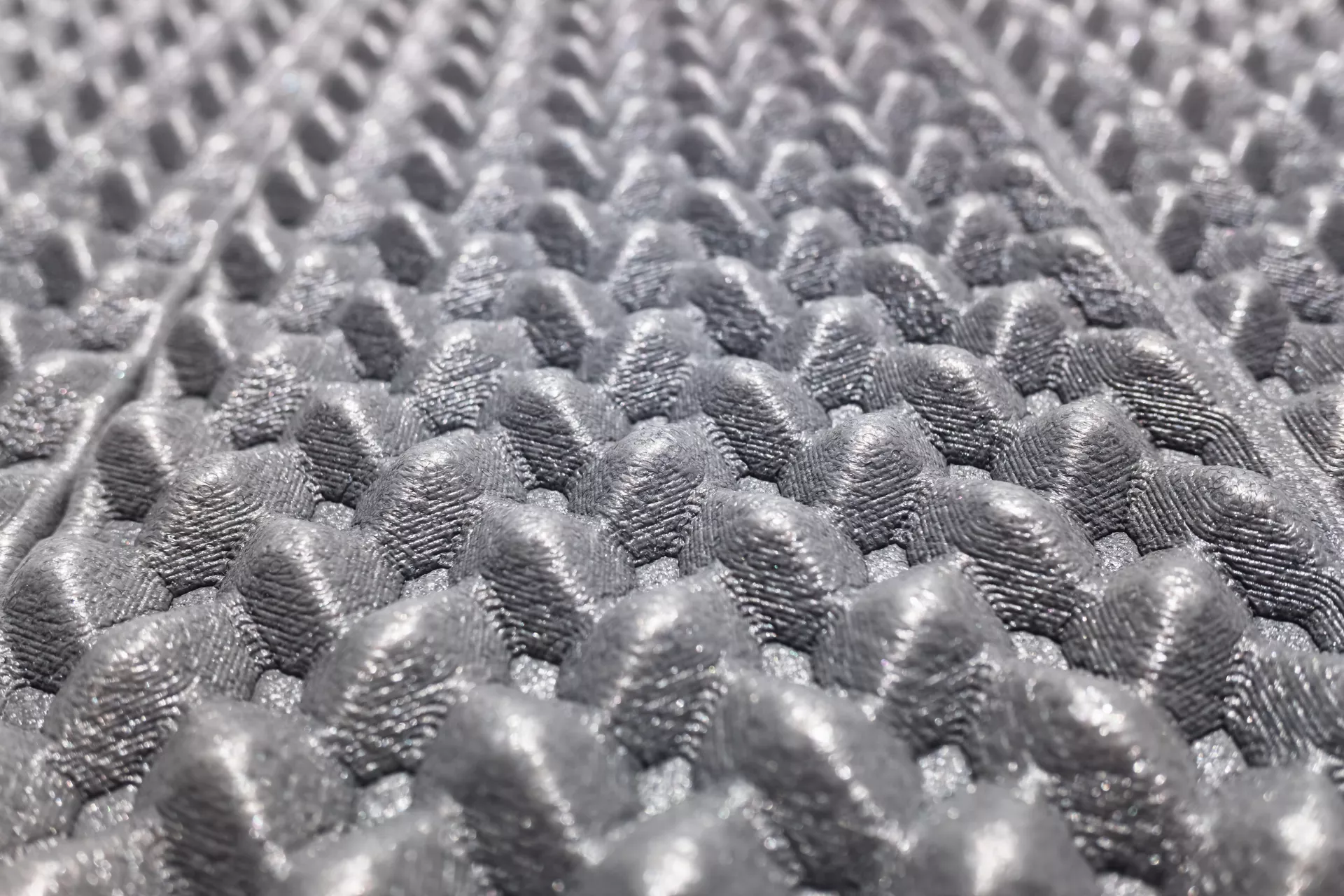
Sound Insulation Boards
Being an easy-to-install floor soundproofing pick, sound insulation boards are a great option when DIYing your home remodel, as they are simply installed below the floor. It is not only efficient at absorbing sound but is also an environment-friendly option to help you reduce your carbon footprint.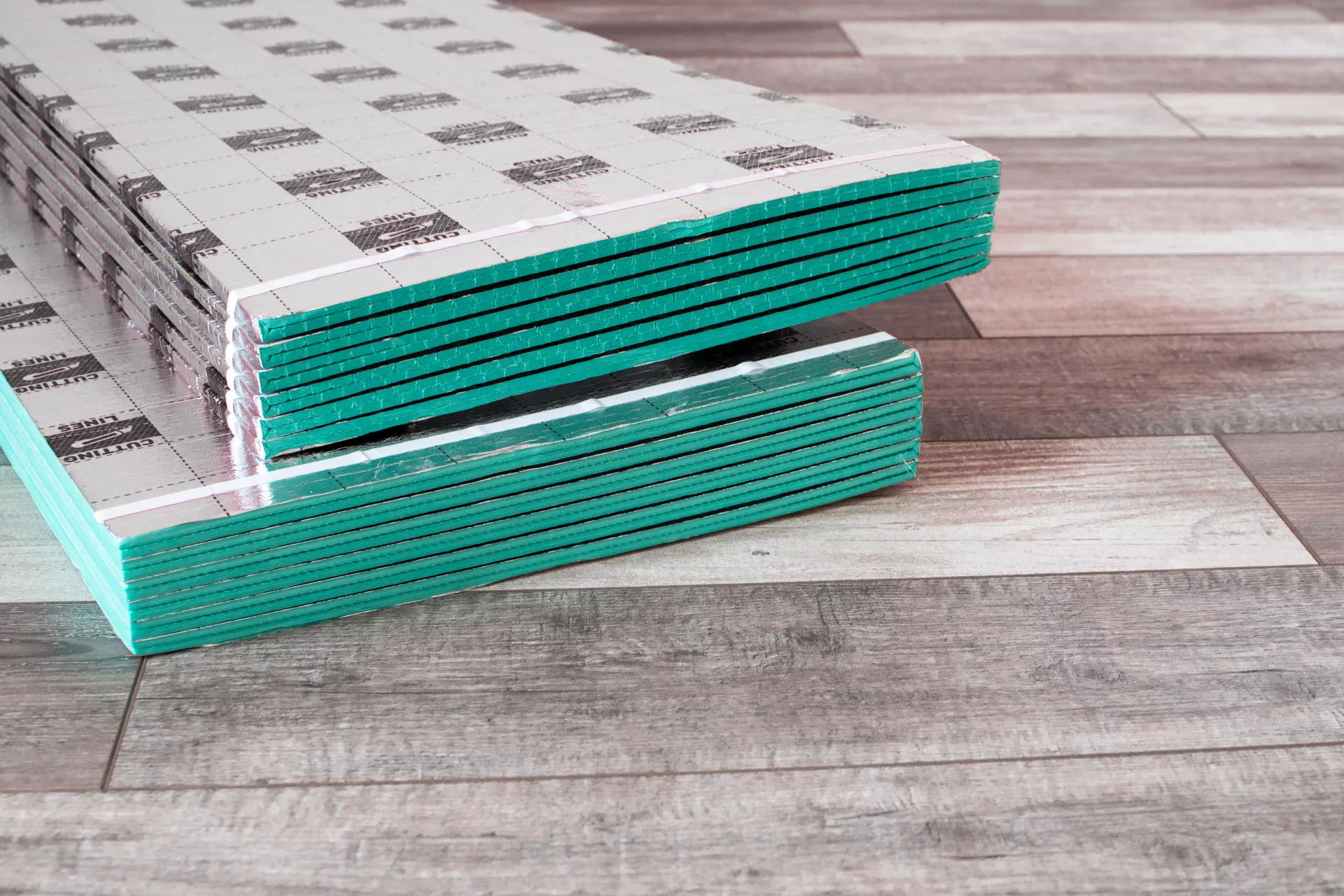
Acoustic Underlayment
Acoustic underlayment materials are made of cork, foam, or rubber. They reduce impact noises that occur due to furniture movement, object dropping, and footsteps. The underlay is installed in two different methods (depending on the floor finish). It is either loose-laid or glued in place.
Carpet
Carpets do a great job at muting the sounds from impact noise and offering effective acoustic insulation. But remember, rugs will wear out over time and lose their cushioning, which will ultimately reduce their ability to block sound. So if your floor is carpeted but doesn’t absorb noise, consider replacing the carpet with a thicker pad beneath it. For a cheaper solution, add thick rugs where impact noises are frequently generated.
While carpets are good at blocking sound and relatively easy to upgrade, they do not limit airborne noise. You will need a separate flooring insulation type.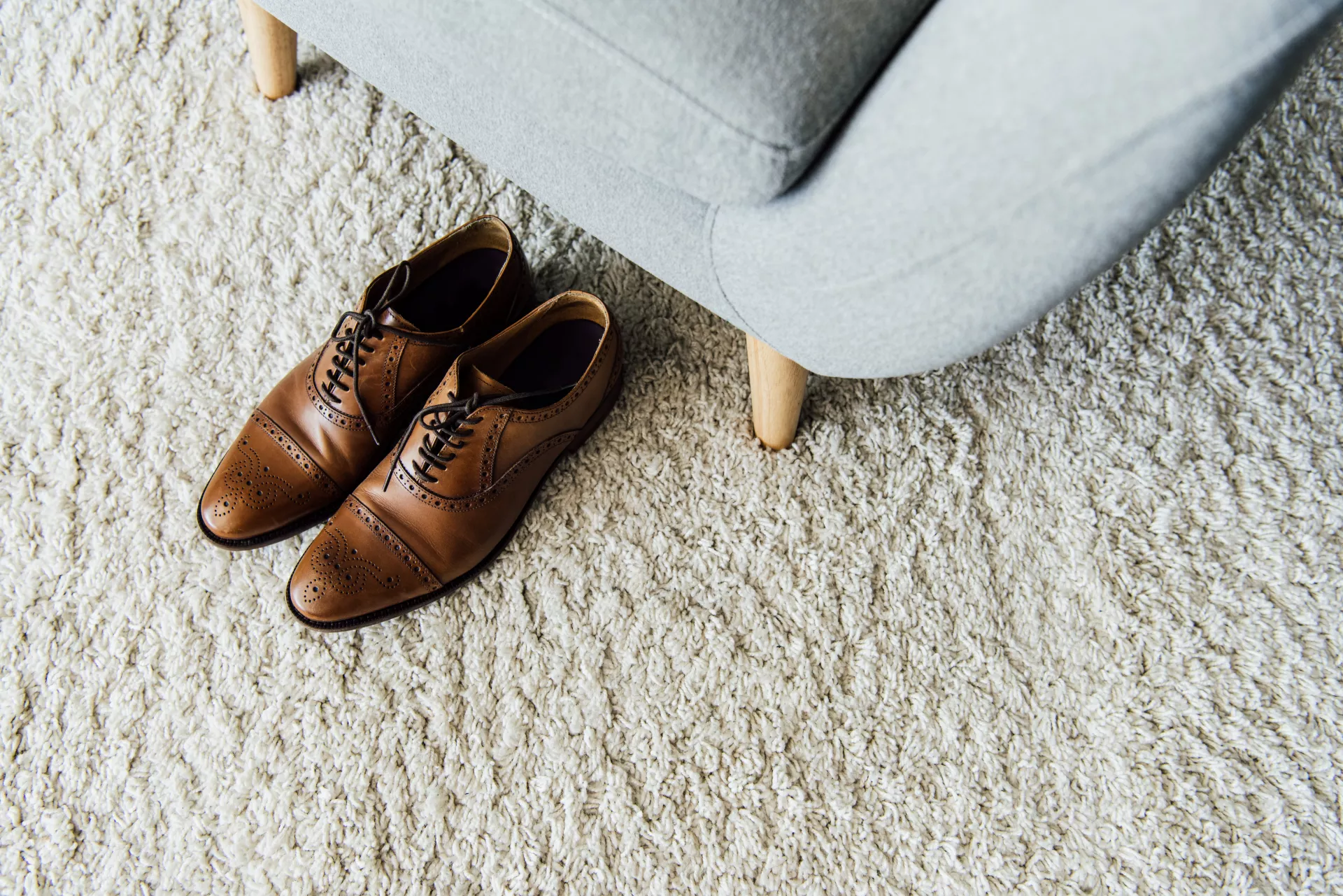
Acoustic Foam
Acoustic foam is an affordable yet effective floor underlayment option that will reduce noise levels while creating a leveled surface. You can easily find it at any home improvement store, and the best part is that it can be laid out beneath various flooring types. All you need is an adhesive spray. For this process, spray the adhesive on the acoustic foam and the floor area where it will be placed. Let it set for 10 seconds and press over the panel for 30 seconds. A cause of concern you must keep in mind is that it doesn’t work well in high-traffic areas.
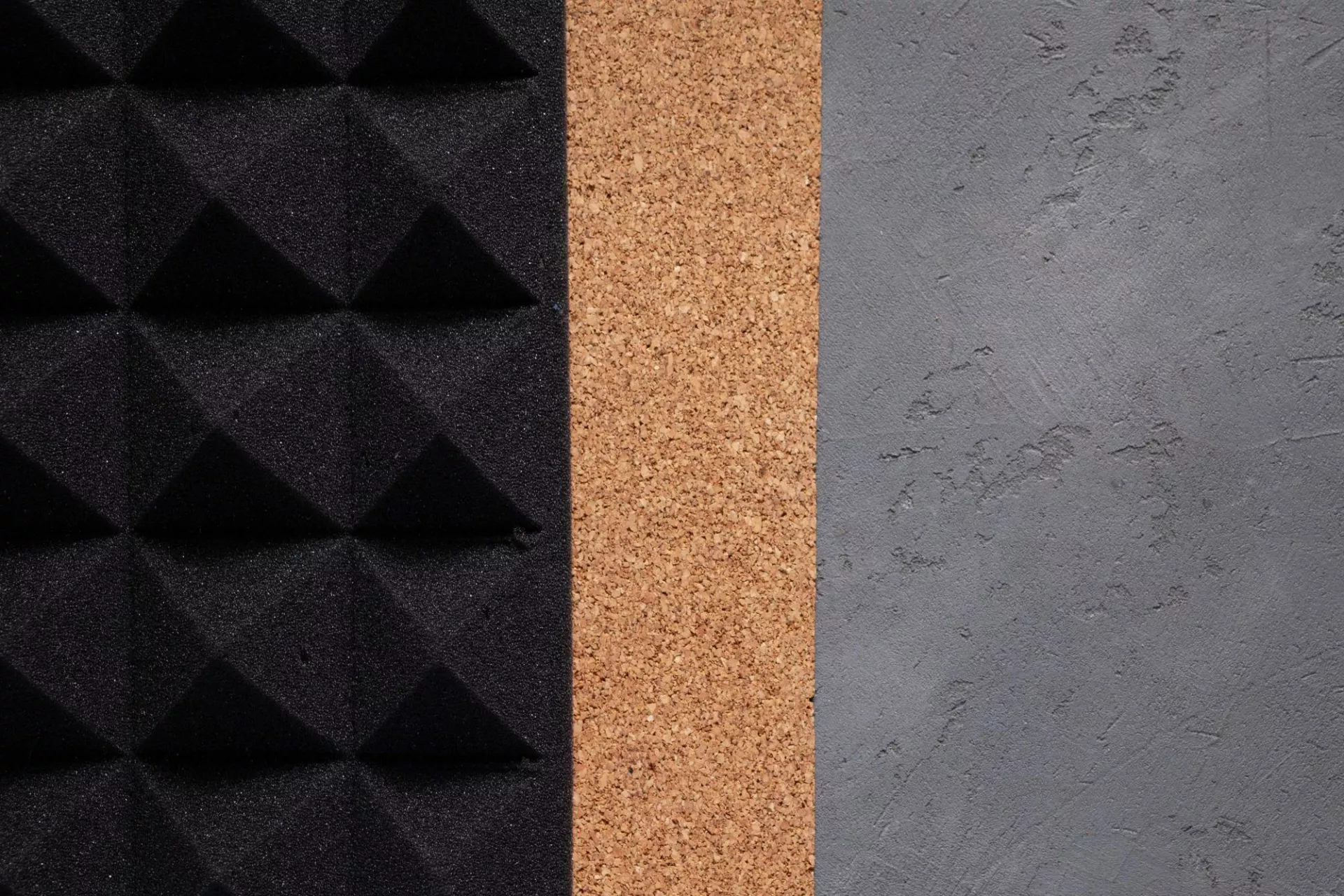
Choosing The Right Floor Sound Insulation
The right floor sound insulation choice depends on the building and floor structure of your interior. Acoustic underlayment, for example, is best for laminate flooring, vinyl floors are perfect for acoustic mats, and so on.
Additionally, your budget will also determine the material you should choose
| Floor Insulation Type |
Price [per square meter] |
| Acoustic mats |
$3 to $5 |
| 4-star acoustic underlay |
$5 to $10 |
| 5-star acoustic underlay |
$10 to $20 |
*Tip: The LnTw value is the standard impact sound pressure level of a floor insulation type. The lower the LnTw value, the better the sound insulation level. The LnTw for a 4-star acoustic underlay is < 50 DB, while the value goes down to < 45 DB for a 5-star acoustic underlay.
Conclusion
Investing in effective floor soundproofing is the key to creating a peaceful and calm environment in your home. So now that you’re familiar with the amazing changes floor insulation can introduce to your daily lifestyle, it’s high time to view the noise that has been annoying you, note down your floor type, and look for the best sound insulation as per your needs!
Find information about flooring remodeling in Flooring section of our home remodeling BLOG.


